Published Jul 17, 2015
No Tribble at All: My Many Interactions with David Gerrold
No Tribble at All: My Many Interactions with David Gerrold
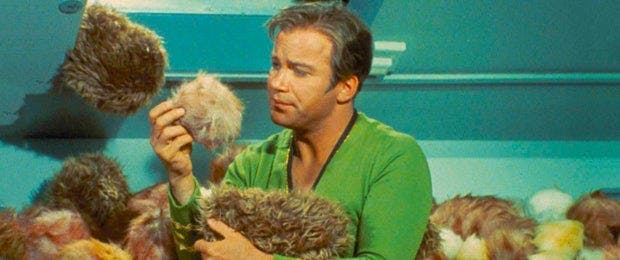
On my very first day at Starlog in October 1982, I had to make some daunting phone calls. Editor Howard Zimmerman delegated to me, the magazine’s new Managing Editor, the task of dealing with Starlog’s formidable trio of California-based columnists. I had to call and introduce myself. I rang Ed Naha (an ex-Starlog editorial staffer relocated from NYC to write screenplays in Hollywood like Honey, I Shrunk the Kids and Dolls). Then, I chatted with Bjo Trimble (famously “the woman who saved Star Trek” with a letter-writing campaign to NBC; also, decades later, a guest blogger here at StarTrek.com). And, finally, most intimidating of all, I talked to David Gerrold (who scripted “The Trouble with Tribbles,” the most beloved of all TOS episodes; he later wrote a book of the same name on its making, and a pioneering reference work, The World of Star Trek, as well as two TAS adventures). By the way, Gerrold will be one of the Guests of Honor at next month's Sasquan the 2015 Worldcon (the 73rd Annual World Science Fiction Convention), to be held August 19-23 in Seattle, WA.All three writers couldn’t have been friendlier to a newbie. As part of my job, I phoned at least twice monthly, reporting our ever-shifting deadlines and (eventually) artistic choices re: layouts, discussing upcoming column topics as well as sending them stuff (checks, magazines, forwarded fan mail). I grew especially close to Gerrold, an SF novelist who even contributed to the “Get McDonnell a Home Phone” fund spearheaded by my colleagues Zimmerman and Cinemagic Editor David Hutchison (I didn’t have a phone by choice; they sprang for one of those trouble-making infernal devices I loathe nonetheless).
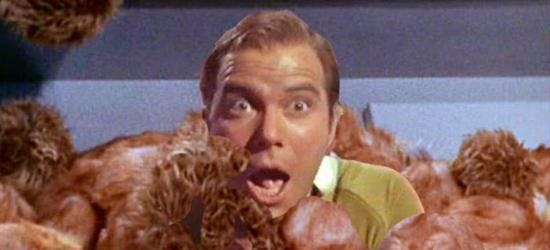
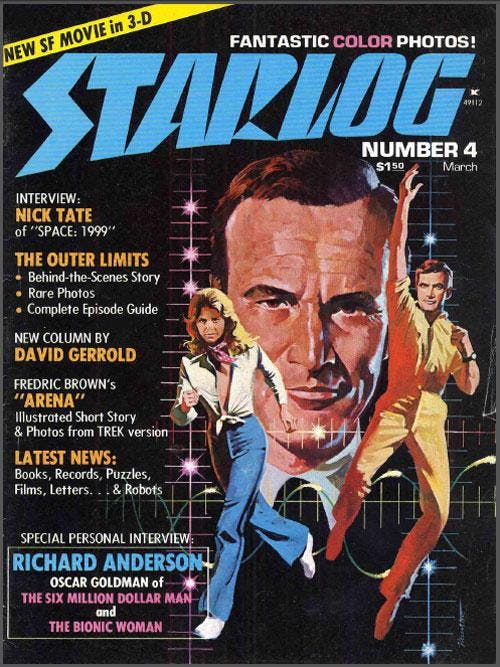
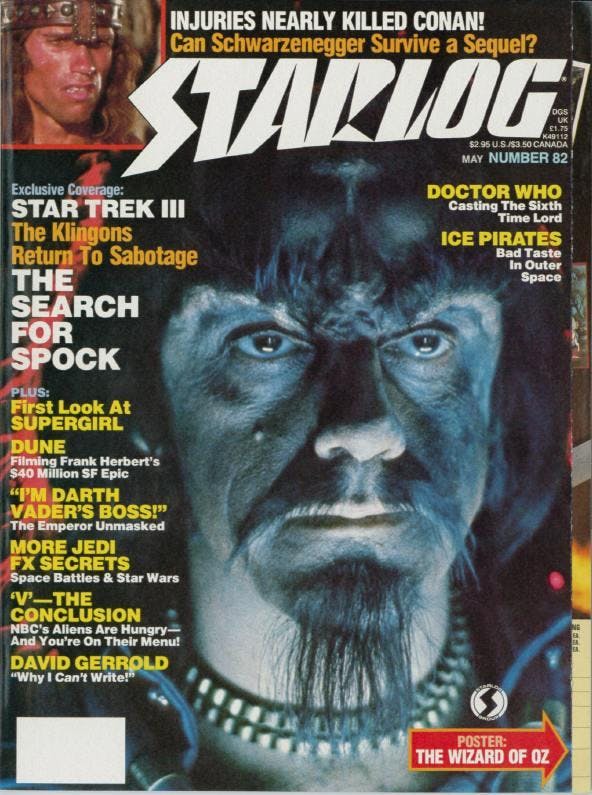
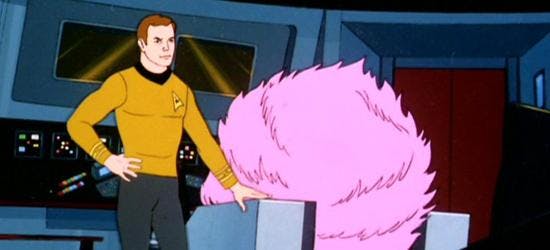

David McDonnell, "the maitre’d of the science fiction universe," has dished up coverage of pop culture for more than three decades. Beginning his professional career in 1975 with the weekly "Media Report" news column in The Comic Buyers’ Guide, he joined Jim Steranko’s Mediascene Prevue in 1980. After 31 months as Starlog’s Managing Editor (beginning in October 1982), he became that pioneering SF magazine’s longtime Editor (1985-2009). He also served as Editor of its sister publications Comics Scene, Fangoria and Fantasy Worlds. At the same time, he edited numerous licensed movie one-shots (Star Trek and James Bond films, Aliens, Willow, etc.) and three ongoing official magazine series devoted to Trek TV sagas (The Next Generation, Deep Space Nine, Voyager). He apparently still holds this galaxy’s record for editing more magazine pieces about Star Trek in total than any other individual, human or alien.Copyright 2015 David McDonnell

